How Quickly Do Pigs Grow?
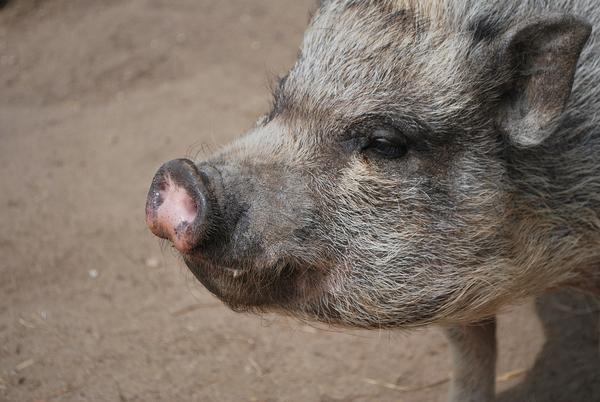
Ever wonder how quickly pigs grow?
Need to determine the best feeding requirements to maximize growth efficiency and profit?
Well, you've come to the right place.😊
Because let's face it, we all want our little piggies to flourish and fatten up like nobody's business.
But where do we start?
Don't worry, I've got your back.
I've delved deep into the world of pig growth, and I'm here to guide you through it.
So buckle up, my determined friend, and let's find out just how fast those pigs can really grow.
Let's begin!
Factors That Affect a Pig’s Growth
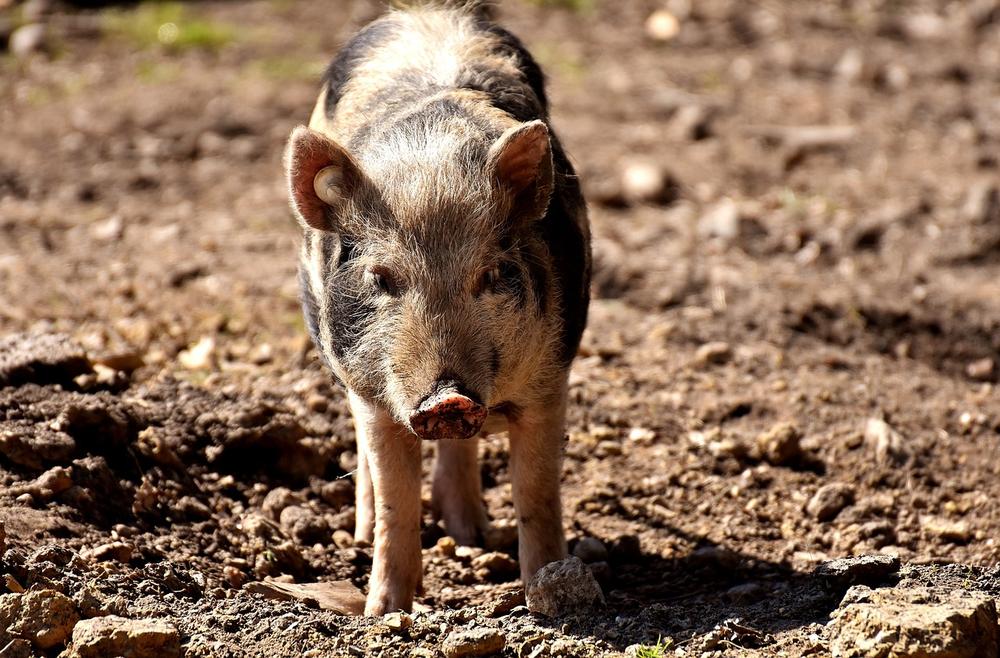
To make sure pigs grow their best, there are a bunch of things that can influence how they develop:
- What you feed them matters big time - it's gotta be balanced and packed with all the good stuff.
- Different pig breeds have different speeds when it comes to growing up.
- Genetics also have a say in how big and heavy pigs get as well as their growth patterns.
- Where pigs live and how they're treated can affect how fast they grow too.
- Any health problems can hold back a pig from reaching its full growth potential.
- Letting piglets eat independently by weaning them at around 21 days promotes their growth.
- If you're not planning on having little piggies running around, it's recommended to spay or neuter your pet pig.
- Pig pregnancies last about three months and usually result in litters of around 10 to 12 piglets.
- There are loads of small pig breeds out there, each with their own unique traits and personalities.
- Making sure pigs have a balanced diet and clean surroundings is absolutely crucial for steady growth.
I highly recommend checking out my article on continuous feeding: A Pig's Appetite.
Growing Pig Daily Feed & Water Intake
| Age (weeks) | Feed Intake (kg/day) | Water Intake (liters/day) |
|---|---|---|
| 9 | Increase feed intake gradually to aid digestion | Gradually increase water intake to meet growing needs |
| 12 | Continue to adjust feed based on growth rate | Ensure sufficient water availability at all times |
| 14 | Maintain consistent feed intake to support growth | Ensure clean and fresh water is provided daily |
| 16 | Monitor feed intake and adjust as needed | Monitor water quality to ensure pig health |
During the weaning process, it's essential to gradually transition your piglet from milk to solid feeds.
Why is this so important, you ask?
Well, a slow introduction to new foods helps develop their delicate digestive system and ensures they can optimize their feed intake.
And every pig wants to eat all the tasty food they can get their snouts on.
As your pigs grow older, their daily feed needs change.
Let's take 9-week-old piggies for example.
At this phase, they gobble up roughly 1kg of feed per day. But here's where things get interesting...
By the time they reach the ripe old age of 14 weeks, their appetite increases to a whopping 2kg per day. That’s twice as much.
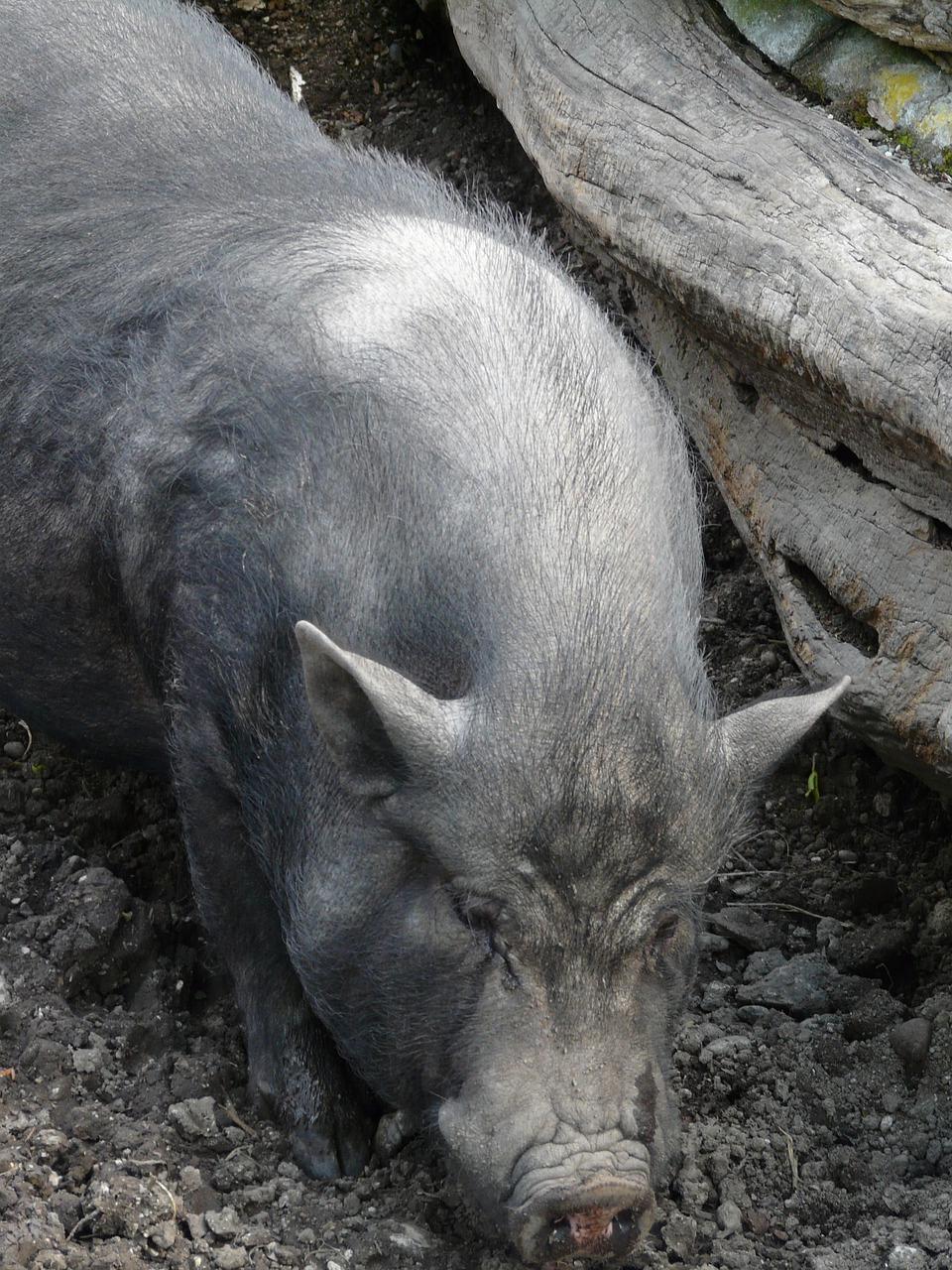
They're definitely going through a growth spurt.
So remember, you should adjust the amount of feed you provide according to your pig's age.
As they grow, their bellies expect more yummies.
Keep an eye on their weight and make sure they're getting enough grub to thrive.
Now that you have the juicy details, go forth and keep those growing pigs satisfied and nourished!
But feeding a growing pig is not just about providing the right amount of feed.
It's also important to give them a balanced diet that caters to their nutritional needs.
So, how do you ensure your pig gets all the essential nutrients it requires for optimal growth and health?
Let me tell you...
Essential Nutrients for Optimal Growth and Health of Growing and Finishing Pigs
Balancing a pig's diet is key. You need to include the right mix of carbs, proteins, fats, vitamins, and minerals.
This balance supports their growth, muscle development, and immune system functioning.
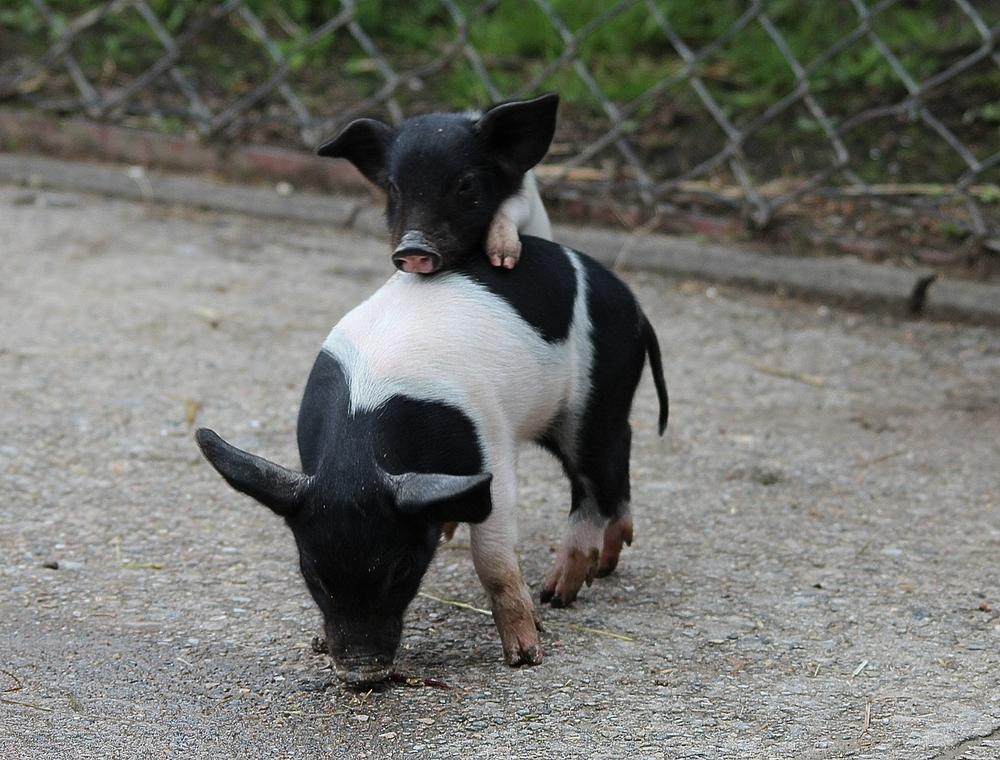
For pet pigs, it’s even more important. They often struggle with obesity, which can harm their in essence well-being. Maintaining a balanced diet for your piggy pal is essential.
It ensures they have everything they need to thrive and stay healthy.
Be mindful of what goes into that trough, and you’ll keep your pig happy and in tip-top shape.
When Do Pigs Stop Growing?
Pigs generally reach their mature size around six months old, but the growth process can vary depending on the breed. While some pigs may continue to grow after six months, on average, pigs tend to slow down in terms of growth after about a year.
But not all pigs stay small, you need to be aware of that.
Pigs have the potential to double in size within their first year. So if you're thinking of getting a pig as a pet, you should be prepared for them to grow bigger than you expect.
If you're raising pigs for meat, they are usually sold at around six months old when they've reached the desired weight. However, pet pigs can keep growing for much longer, sometimes up to 15 or even 20 years.
Just like us, their lifespan depends on breed and all in all health.
Now, let's talk about breeds.
Don't fall for misleading marketing claiming Teacup or Micro pigs exist.
Although they may seem cute and tiny, they often come with numerous health problems, leading to shorter lifespans compared to regular pigs.
In reality, with proper care, pigs can live anywhere between 15 to 20 years.
So if you're thinking of adding a pig to your family, always remember the long-term commitment involved in providing proper care and a suitable environment for their growth and well-being.
To ensure your pig grows optimally, nutrition is crucial.
Feeding them a balanced diet of high-quality pig-specific feed is essential.
On top of that, make sure they have access to fresh water at all times.
By feeding your pig a healthy and nutritious diet, you will support their growth and all in all well-being, making them happy and thriving.
Keep in mind that while most pigs reach their mature size around six months old, there can be variations based on the breed.
After about one year, their growth tends to slow down, but they can still continue growing for several more years. Providing proper nutrition and care is vital to ensure their optimal growth and well-being.
Number of Pigs Per Feed Space
| Number of Pigs Per Feed Space | Feeding Efficiency |
|---|---|
| Fewer pigs per feed space | Allows pigs to consume feed without competition, promoting individual access and reducing stress levels. |
| Optimal pigs per feed space | Creates a balance between promoting competition for feed, which can increase growth rates, and preventing excessive aggression or stress. |
| More pigs per feed space | Increases competition for feed, potentially leading to reduced growth rates and decreased feed efficiency. |
| Excessive number of pigs per feed space | Results in intense competition, aggression, and limited access to feed, leading to growth stunting and decreased overall health. |
When it comes to pig farming, I understand the importance of sufficient space at the feeding trough.
And let me tell you, it's not just about reducing competition among pigs.
Nope, there's much more to it!
You see, giving each pig sufficient space ensures they can access their feed fairly, which helps them grow consistently.
Who wouldn't want their pigs to grow steadily?
It's like watching your own little farm superheroes thrive right before your eyes.
So, how many pigs should you have per feed space?
Well, let me break it down for you.
First things first, consider the trough space requirements for growing pigs.
Makes sense, right?
You don't want those little piggies fighting over limited elbow room.
Now, when it comes to choosing a feeder, here's what you need to know:
Choose one with enough head space to accommodate your pigs' largest size during feeding.
Trust me, you don't want any pigs feeling cramped while eating.
That's just asking for trouble.
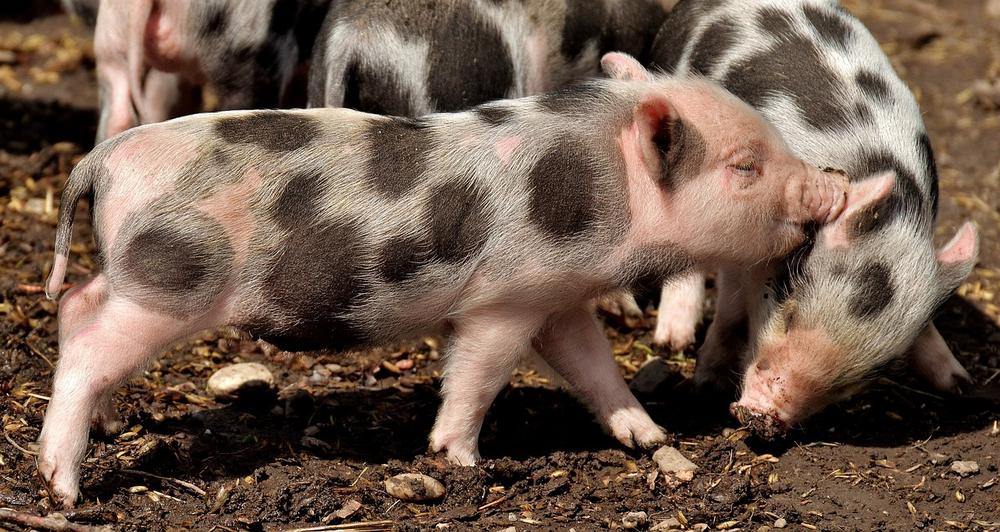
Let's look at the No2 Weaner Feeder as an example.
This beauty has a 200mm wide feed space, perfect for pigs weighing between 7kg and 35kg.
But hold on, it's not one-size-fits-all.
Here's where things get interesting.
A cute little 7kg piggy would require a narrower feed space of 110mm.
Yeah, pigs come in all shapes and sizes, just like humans...
On the other hand, a hefty 30kg pig needs the full 200mm width.
They want their dining area spacious, you know?
Oh, and a quick word of caution.
Some pig feeders may have different widths due to fixed lengths.
That means you might end up with inconsistent feed spaces.
Nobody has time for that!
So, ensure to double-check before making any commitments.
In the end, giving pigs the right amount of space at the feeding trough ensures comfortable feeding and minimizes stress for those growing pigs.
And let me tell you, a stress-free pig is a happy pig!
Importance of Environmental Conditions for Pig Health and Growth
The environment plays a crucial role in pig health and growth. Maintaining optimal ventilation reduces humidity and ammonia levels, leading to improved respiratory health and faster growth. Proper care, attention during extreme weather, and a suitable living space are essential for their well-being.
Ventilation systems are a godsend for pig farmers.
But why?
Let me explain.
First things first, those little piggies need fresh air.
And let me tell you: they can't handle stuffy, smelly conditions.
It's terrible for their respiratory health and slows down their growth.
However, proper ventilation keeps the air flowing and helps them thrive.
Yet that's not all, my friend.
Balance is key.
Just like humans, pigs need the right environment alongside good care and nutrition.
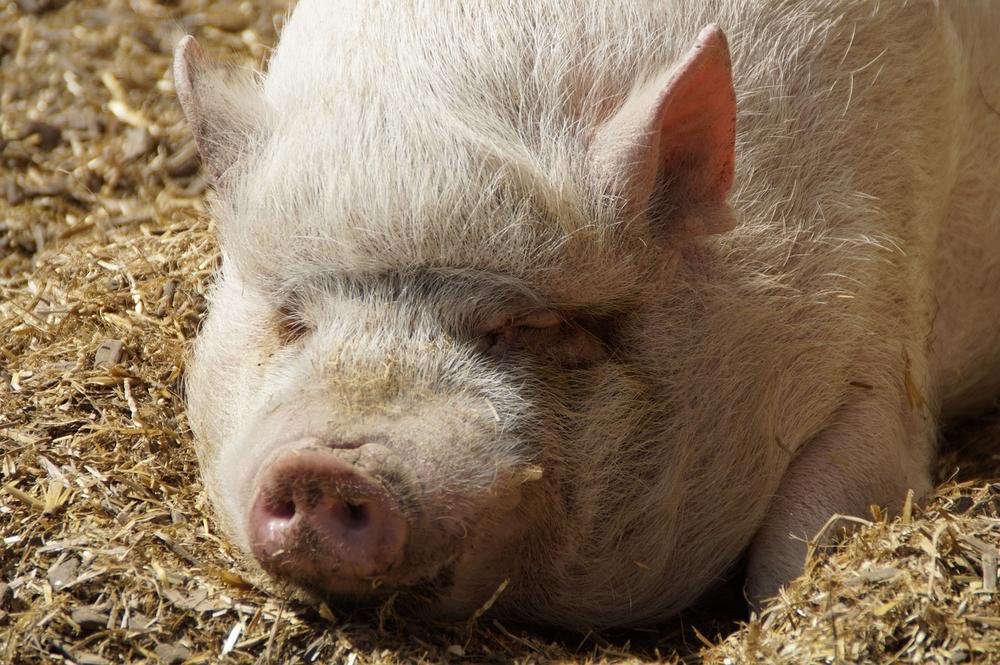
In scorching weather, they risk heat stroke.
Similarly, chilly temperatures leave them prone to pneumonia and other nasty sicknesses. So you have to create an optimal environment regardless of the forecast.
Here's the deal:
By keeping your pigs comfortable and protecting them from extreme temperatures and poor air quality, you're ensuring longer lives for these adorable creatures.
Plus, faster growth means bacon on your breakfast plate sooner!
Isn't that great news?
It's a win-win situation.
So remember:
Owning pigs comes with big responsibilities.
But fear not, my friend.
With the right environment, care, and loads of love, your farm will be full of happy and healthy pigs.
And that is definitely something to be proud of.
And let me tell you, minimizing transportation stress is just as important for the wellbeing and growth of your pigs!
I've seen firsthand how proper planning and handling techniques can make a world of difference.
Stress: Low Stress Equals Happy Pigs
Moving pigs between different places or facilities can be stressful for them.
This stress can harm their overall well-being and performance.
We want to keep their stress levels as low as possible.
Here are some practical tips for achieving that:
- Plan ahead: You ought to plan properly when transporting pigs. Make sure you have all the necessary equipment, vehicles, and personnel ready before the move.
- Be gentle: Handling pigs with care can go a long way in reducing their stress. Avoid loud noises, sudden movements, and rough handling. Treat them kindly and respectfully throughout the process.
- Gradual acclimation: Give pigs time to adjust gradually before making any major changes. Introduce them slowly to new environments, feeding routines, and social dynamics. Sudden changes can increase their stress levels and disrupt their eating patterns.
- Provide companionship: Pigs are social animals and thrive when they have company. During transportation, ensure they have a companion to prevent loneliness or depression. Seeing a familiar face can greatly improve their mental well-being.
- Ensure comfort during transportation: Give pigs enough space and provide comfortable bedding during transport. Optimize ventilation and temperature control inside the vehicle to create a stress-free environment.
By adhering to these methods, you can reduce stress and enhance the overall happiness and wellness of your pigs.
Remember, happy pigs lead to better growth and performance.
Pigs: Growing Happily and Growing Rapidly
- Different pig breeds have varying growth rates and sizes.
- Factors affecting a pig's growth include diet and environment.
- Weaning piglets at around 21 days promotes independent eating.
- Pet pigs should be spayed or neutered if not breeding.
- Pig pregnancy lasts up to 3 months, with an expected litter size of 10-12 piglets.
- Commercial pigs grow quickly.
- Growing pigs have different daily feed intake requirements based on age.
- Obesity is a common health problem in pet pigs, requiring a balanced diet.
- Pigs fully mature at around six months of age.
- Trough space requirements for growing pigs must be considered.
- Providing a balanced diet, proper care, and suitable environment ensures pig health.
- Extreme weather conditions can negatively affect pig health.
- Loneliness or depression in pigs can lead to refusal to eat.
And that's all for today folks.
You made it to the end of my blog post, so I'd love to know your thoughts. Did you enjoy reading it? I put a great deal of effort into crafting comprehensive and helpful blog posts. It's a time-consuming task, but one that I find rewarding. Therefore, I would sincerely appreciate it if you could take a moment to click on any of the social sharing icons and share this blog post with others. Thank you in advance!
Until next time,
-Chris Campbell